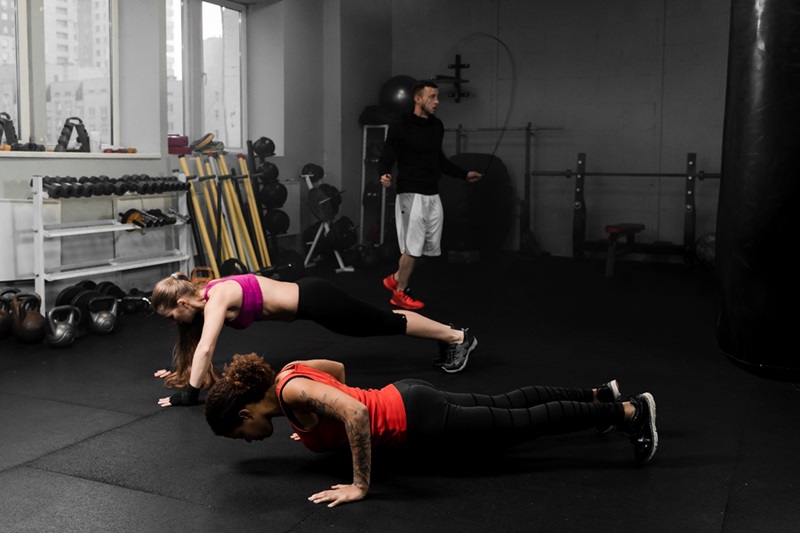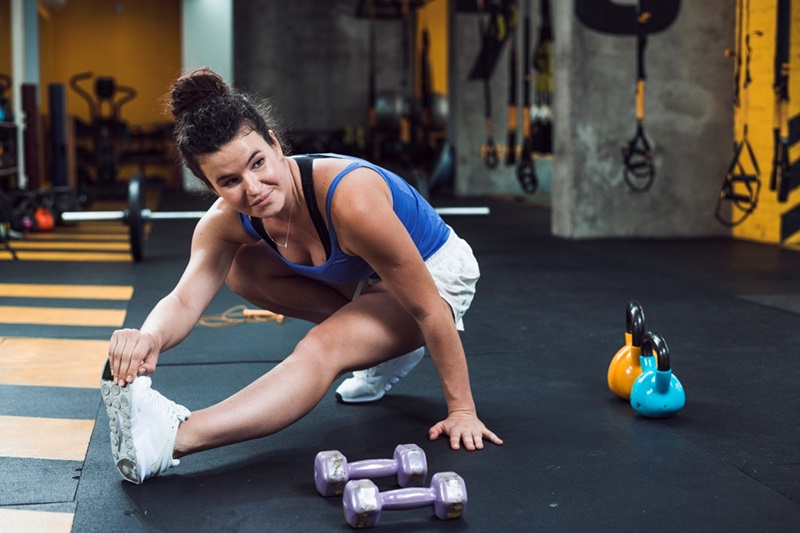Mastering the Right Techniques to Boost Your Gym Warm-up Routine

Training enthusiasts, both veterans and novices, often underestimate the importance of an effective warm-up before delving into the heart of their gym routine. They see it as an optional pre-exercise ritual that does not contribute to the goals of strength or muscle gains, weight loss, or performance enhancement. However, such attitudes towards warm-ups merely reflect a lack of awareness about their physiological and psychological benefits. This article navigates the nuances of smart warm-ups and amplifies them to enrich your gym experience.
Why Warm-ups are Essential
Scientific research consistently underscores the need for comprehensive warm-ups preceding any strenuous physical activity. Physical therapists, trainers, and sports medicine experts agree that neglecting to warm up exposes the body to avoidable injuries. Warm-ups enhance blood flow to the muscles, bestowing them with much-needed oxygen to fire them up for the upcoming exertion.
Moreover, warm-ups elevate body temperature, limbering up the muscles and tendons, thereby increasing flexibility and resilience. Studies also point out that warm-ups stimulate muscular and neural pathways for better performance. Therefore, a well-executed warm-up can be an insurance policy against injuries and a performance booster packaged into one.
Redefining Your Warm-up Routine
Unfortunately, even among those who carry out warm-ups, there are prevalent mistakes that lower its efficacy. One common erroneous behaviour is to view warm-ups and stretching interchangeably. Though stretching can be included as a gym warm-up activity, warm-up, on the whole, comprises more than just stretching. Equating the two can result in neglecting other critical components of an effective warm-up.
Another common defect is the lack of alignment between the warm-up routine and the main workout. For instance, if your workout is primarily cardiovascular, your warm-up should prepare your lungs and heart for the impending aerobic exercise. Conversely, if you plan on lifting weights, your warm-up must aim for muscle activation and joint mobility.
Customising Your Warm-Up: Tips and Techniques
Knowing the broad strokes principles does not suffice. You must hone in on the specifics: what type of warm-ups should you perform based on the main workout scheduled? Here’s the breakdown. For weight lifting, your gym warm-up should incorporate activation exercises that target the relevant muscle groups. Think squats or light deadlifts with minimal weights before commencing your hardcore lifting.
Conversely, for running or other cardiovascular exercises, your muscles need not be specifically activated. What you need is to gradually increase your heart rate. Start slow and build up your pace. For fitness classes like yoga, Pilates or functional training, your warm-ups should aim for overall mobility and mild cardio exercises to get that heart rate up.

Building a Well-Rounded Warm-Up
A comprehensive warm-up starts with 5-10 minutes of light cardio. This helps to increase your heart rate and body temperature. Next, mobilize those joints with some dynamic movements. This gets your synovial fluids running, preparing your joints for the workout ahead. Now move to muscle-specific activation exercises and, optionally, end your warm-up with some static stretches.
This routine ensures you’ve covered all bases and that your body is primed for your main workout. Remember, the length and intensity of your warm-up should mirror the nature of your workout. For high-intensity workouts, a longer and more comprehensive warm-up is necessary.
Exercises to Incorporate in Your Warm-Up
It might sound vague when we say ‘dynamic movements’ or ‘activation exercises’, but specific exercises entail jumping jacks, high knees, lunges, leg swings, inchworms or foam rolling. For muscle activation, squats, hip bridges, or arm swings could be beneficial, depending on the muscles you’ll be working.
Celebrities and Athletes’ Warm-up Routines
Novak Djokovic, the tennis maestro, starts his routine with light jogging before moving to dynamic stretches for his legs, arms, and back. He ends with some yoga poses for performing at peak levels during lengthy matches. Similarly, Usain Bolt’s pre-race routine includes strides, bounding, and skips to prepare for his record-breaking sprints. Fitness trainer Kayla Itsines begins her workouts with 10 minutes of slow running, followed by dynamic stretches. If these fitness icons are religious about their warm-ups, shouldn’t we also embrace it?
Post-warm-up Transition: Proceeding to the Main Workout
Following a well-constructed warm-up, your body should be raring to get into the thick of your main workout. Easing from your warm-up into your main workout should feel natural and stress-free, not a brutal shock to your body or mind. Maintain the momentum you’ve built during your warm-up as you transition, but remember not to rush into things.
Warm-ups and Cool-Downs: The Bookends of Fitness
Just as a warm-up primes your body for the main workout, cool-down sessions facilitate a gradual return to your normal heart rate and body temperature post-workout. They also help in lactic acid clearance, thereby reducing muscle soreness. They should generally include gentle stretches targeting all major muscle groups used during the workout.
Conclusion
When incorporated correctly into a training regimen, warm-ups enrich your workouts, making them safer and more productive. Let this comprehensive guide inspire you to rethink your pre-workout routine, remember, it might start with a warm-up, but it builds up to stronger, healthier muscles, and peak performance.